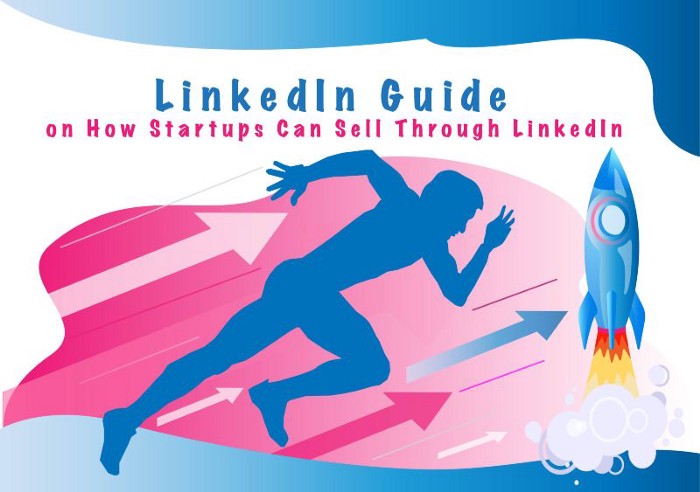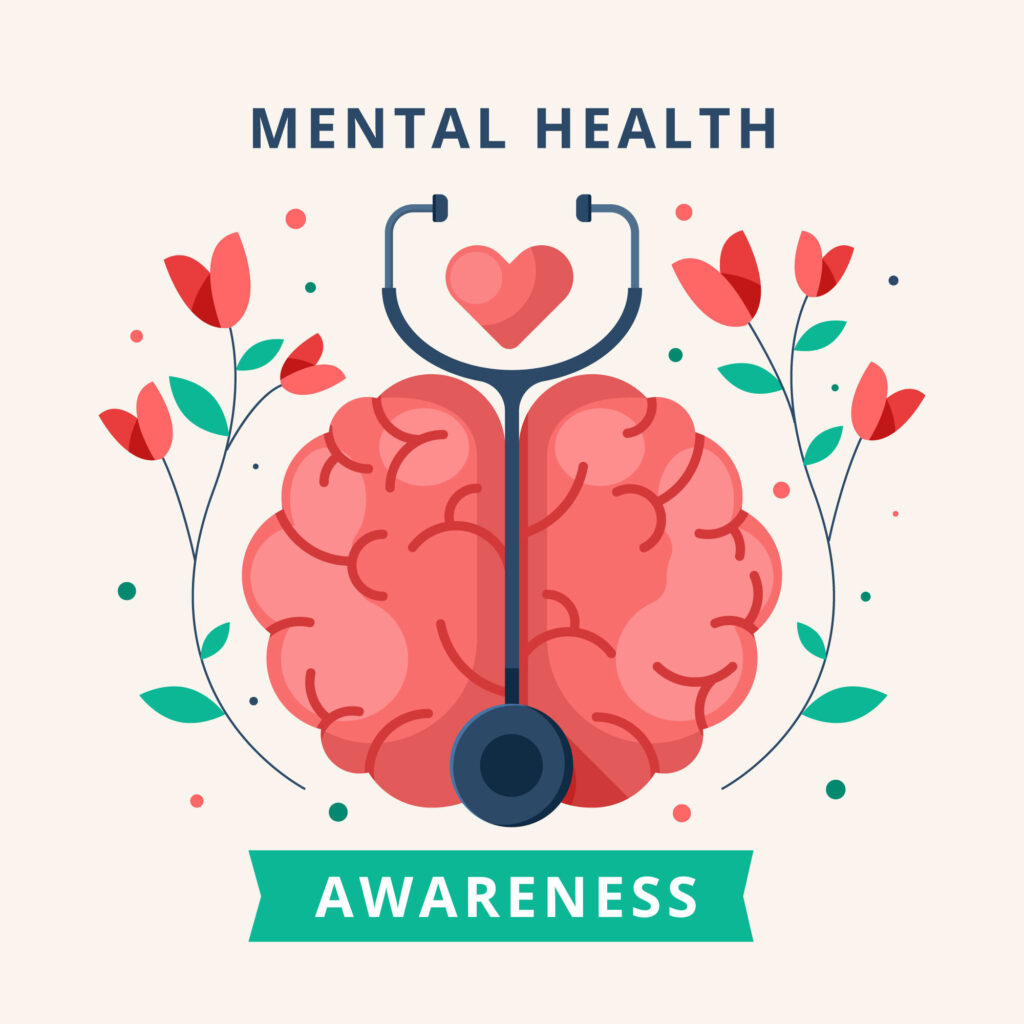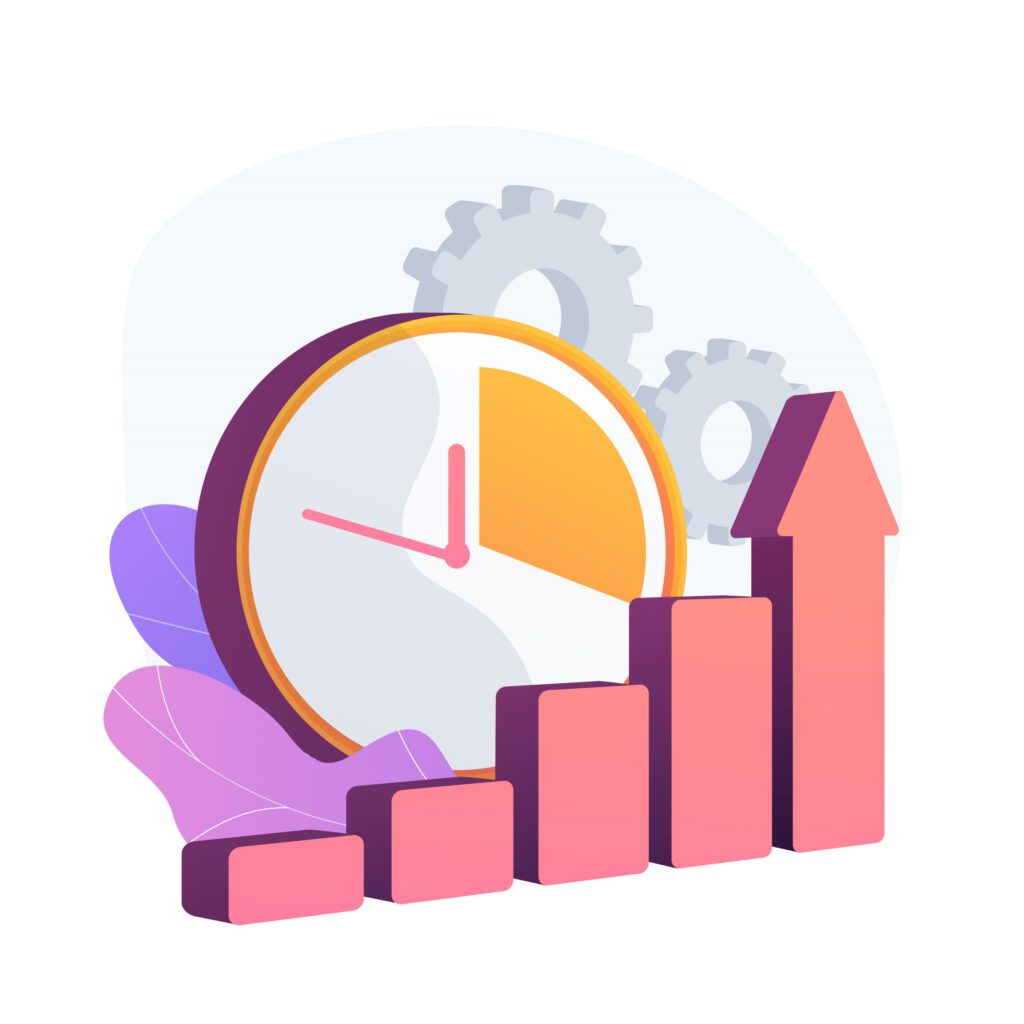How does the FB algorithm work in 2021?

How does the FB algorithm work in 2021?
In late January, Facebook shared new information about the platform’s algorithm. This time, a little more was revealed about the machine learning responsible for creating personalized ranking of posts. Why do some posts appear higher above others? What influences the FB algorithm in 2021? How can you take advantage of it?
Facebook’s algorithm – what do we already know?
The whole truth about how the FB algorithm works will never be known. Nevertheless, we already know quite a bit thanks to the information released and previous updates. For starters, what is Facebook’s algorithm?
An algorithm is a system that decides how posts appear in the feed, i.e. how often, to whom, and in what order. Artificial intelligence is responsible for evaluating these relationships. These are Facebook robots that analyze the factors that may influence the perception of a post and then evaluate its degree of importance individual to each user’s feed.
In simplest terms, the FB algorithm decides what to show (or not) to whom and how.
Over the years, Facebook’s algorithm has gone through various changes. The most talked-about were those regarding ad personalization and data collection, which followed a major image crisis. In December 2020. FB boasted a long list of mechanisms it had implemented to give users more control over their activity and the content displayed to them.
But there were many more changes affecting the algorithm, such as:
Adding the “Display First” feature;
replacing the classic “like” with several reactions that carry more weight than likes;
evaluating content based on the time of interaction with it;
increasing the priority of live streaming;
Evaluating video content based on the time it is viewed;
increasing the priority of engaging posts (especially family, friends and group posts).
The changes being made to the FB algorithm are hitting marketing efforts directly. The effects of this can vary, but over the past few years two in particular have been notable.
A cut in reach and a drop in engagement
According to Hootsuite, in 2018 the average reach of an organic post on Facebook was 7.7%, and just one year later it was 5.5%. By 2020, that figure had dropped to 5.2%. Moreover, the average engagement rate of organic posts is also falling. In 2020, it was only 0.25%, and for accounts with more than 100,000 followers, it was 0.08%.
These are data that show that acting in accordance with the algorithm is not that easy. Meanwhile, the changes are progressing. What new things do we learn about the FB algorithm in 2021?
FB algorithm performance in 2021
In 2021. Facebook has focused on making a user’s feed as relevant to their interests or needs as possible. Robots predict what a person might find more interesting or me. They evaluate each piece of content according to complex factors that are individual to each account. This means that every news feed is personalized.
Details: https://www.facebook.com/Engineering/videos/264352435037706/
In a specially prepared message, Facebook stresses that it is not that simple. The rating system is very complex and is not a whole, but has different “layers” that are responsible for individual tasks.
In addition, machine learning has to evaluate posts for 2 billion people, which makes robots analyze trillions of posts every day, taking into account thousands of signals, or factors that affect the evaluation of a post. A big challenge, but that still doesn’t tell us much.
The technical details of the system shown in the graphic above can be learned in a memo prepared by FB, but for marketing purposes a simplified version will suffice for everyone.
First, the system collects all the posts that are likely to appear in a user’s feed and creates an “inventory” from them. New posts that the user did not see during the session automatically qualify for a new “inventory”, for the next session.
The system evaluates each post, taking into account various factors. These include the type of post, the degree to which the post matches the user’s interests and activity, and the timeliness of the post. At this stage, the FB algorithm also rejects some posts and not just because the user might not like them. This applies for example to clickbait content and fake news.
The pre-scored posts are sorted according to a set of rules. The algorithm divides the posts into different pools and evaluates their value based on individual user habits. This is when personalization plays the biggest role. The system takes into account, for example, which types of posts the user interacts with more frequently, which ones they comment on, which ones they react to, etc.
Finally, the analyzed posts are sorted by context. The FB algorithm arranges them so that the user’s feed is diverse and up-to-date. Thanks to this we do not see, for example, several video contents in a row, and new information that may be of interest to us is displayed first.
What influences the ranking of posts?
From the process presented by Facebook, there are 4 types of signals that the FB algorithm takes into account that affect the ranking of posts.
Relationship / affiliation – with another user, page, public figure, etc. FB’s algorithm evaluates what interactions we have with particular accounts. Posts by people we talk to, like, comment on and respond to are more likely to show up high in the feed.
Engagement – posts that enjoy high user engagement (comments, shares, reactions, etc.) have a higher rating. Posts that have sparked the interest of a user’s friends and family are particularly highly rated.
Content type – the types of posts that the user prefers (interacts with) are displayed higher and more often than others.
Timeliness – newer posts are displayed first.
How do you work to get the FB algorithm to like your posts?
Considering the factors that affect the ranking of posts, it is possible to prepare a strategy based on actions that have a high chance of buying into the favor of the algorithm. What might work?
Reactions instead of likes
Reactions carry more weight than simple likes, so it makes sense to encourage users to use them. Posts that generate a lot of emotion can also help with this. Then there is a greater chance that the user will react. They may even leave a comment.
Avoid clickbait
This is also worth mentioning in the context of evoking emotions. Clickbaits are supposed to be engaging, but the FB algorithm intentionally cuts off the reach of such posts. The same goes for fake news.
Add posts when your audience is active
New content displays higher, so by adding a post when your users are active, you increase your chances of reaching them.
Leverage the potential of groups
Facebook groups have a higher priority than many posts, including company page posts. Setting up a group run by a brand is therefore a very good idea. By the way, it will also be a mine of knowledge about your customers.
Interact
Reply to comments and messages and encourage users to discuss with each other. This way you build a better relationship with your audience and show the algorithm that users are interested in your activity. Also, don’t forget about the power of your employees – encourage them to be active on the company’s Facebook.
Conduct live broadcasts
Broadcasts have a higher priority than other content and generate more engagement than regular videos. On the other hand, if you already add a regular video, make sure that users want to watch it to the end. Then its reach will increase, as the viewing time also affects the rating.
Use Facebook Stories
FB algorithms have no influence on this part of the feed. Moreover, the stories are displayed above the rest of the posts. By using them, you can reach a wider audience.
Understanding the algorithm is not everything
It’s important to remember that a better understanding of Facebook’s algorithm is only the basis for creating an effective strategy. Then you need to implement, optimize and analyze all the planned actions to make them even more effective in the future. If you feel that you need support in this matter, we will be happy to help you.
And if you want to share your thoughts, leave a comment or share this article with others. You can also drop by our FB… you know, just for the reach*. 😉






Responses